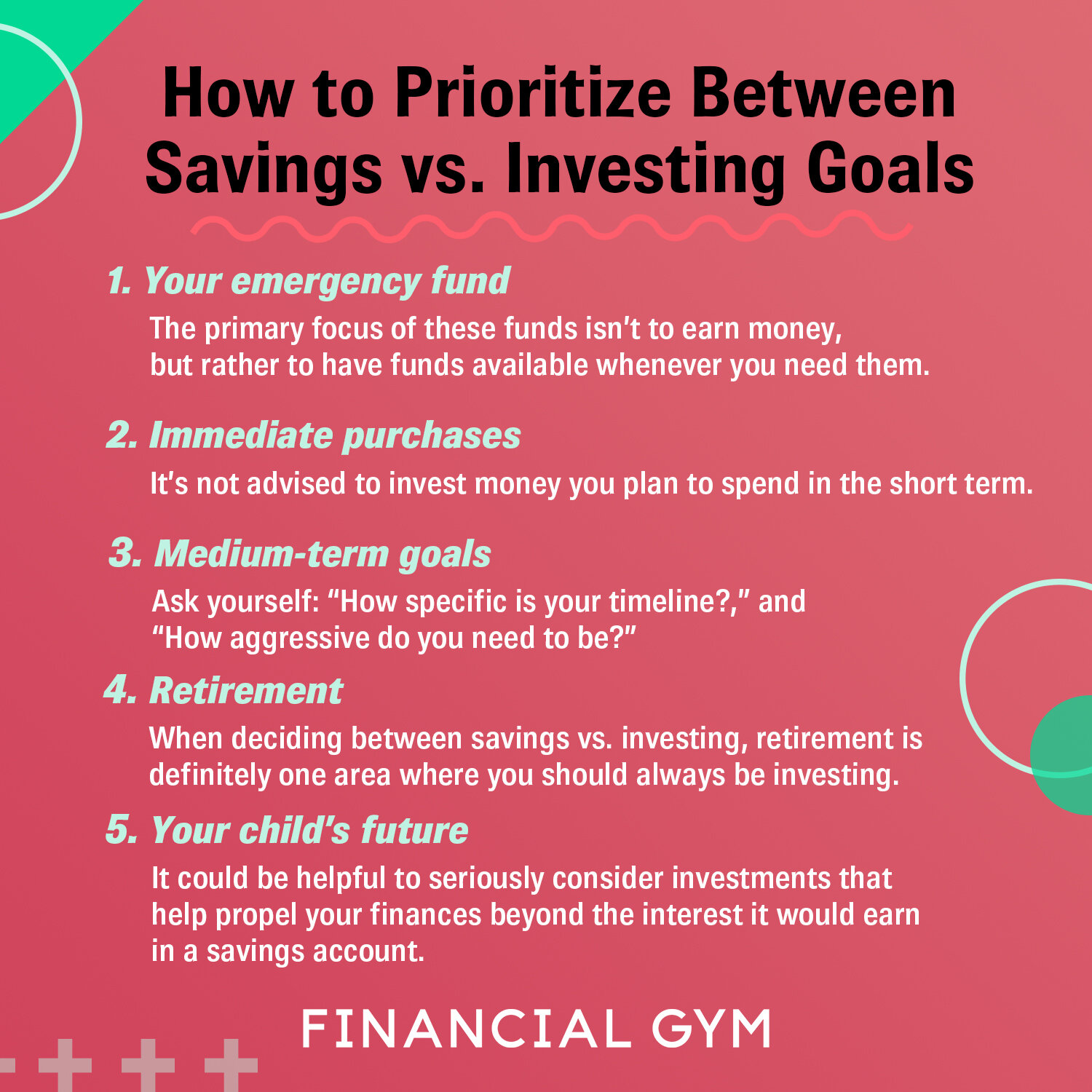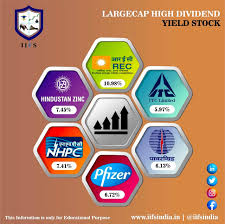
Futures and options are two types of investment you may be familiar with. Both offer the possibility of higher investment returns, but they are different and require different accounts. Options can trade multiple scripts, while futures contracts allow you to hedge against the current holdings in your portfolio. Futures contracts also require a margin account. These are some of the benefits and drawbacks of each.
Options can provide higher returns
The question is whether options offer a higher rate of return than other investments. Options have a high potential return, but also come with many risks. You could also lose the entirety of your investment if it is not made right at the time. Before considering any options for investing, this is something every investor should think about. But how does it work? Let's learn more. Continue reading for more information about the advantages of options to investors.
While options investing is more risky than stock ownership, the risks involved are much lower. Option investors do not have to pay large commissions. This means that they can invest in many different options without having to commit a lot of capital. They are also less susceptible to gaps opening which makes them an excellent option for reducing risk. The upside is that they are more flexible and provide a higher return than stock investments.

Futures contracts can be used to hedge against changes in portfolio holdings
Futures are an excellent way to diversify your portfolio and provide direct market exposure to underlying commodity assets and secondary market products. Additionally, these contracts can help you manage risks related to upcoming events. Futures contracts have the same margin requirements for short and long positions. This makes them an ideal tool to hedge against current holdings. You can also take a bearish stance or reverse a position without having to incur additional margin requirements.
Futures can be traded on the Mercantile Exchange or the Chicago Board of Trade. These exchanges offer traders a wide range of markets and products. These commodities include metals and energy as well as grains, forests, livestock, and softs. Futures are complex but offer retail investors extra exposure to many commodities and energy markets. Retail investors should have between 5 and 15% of their portfolio in futures, according to financial advisers. Futures accounts have different approval and regulation requirements depending on what product they are.
Options require margin accounts
When you start trading options or futures, you need to establish a margin account. While margin requirements may vary depending on the brokerage firm, Cboe Rules 10.3 establishes the minimum margin required to trade all types of commodities. The Cboe Margin Manual contains these requirements. Options have a higher margin requirement than futures, so it is worth contacting your brokerage to find out the minimum amount.
If you open a Margin Account, you will deposit money to secure the position. The brokerage firm will then lend money to you to buy or sell shares in this market. You will lose your voting right, but you will still receive dividends on shares you lend. This money is subject to tax differently than if the shares were owned by you. Margin accounts work best for novice investors. They require you to do some research and be able to communicate your ideas.

Futures contracts permit individuals to trade on multiple of the same scripts
Futures contracts can be used to buy and sell securities. They enable individuals to sell or buy on a specified amount of an underlying asset. However the individual can trade with a smaller amount, known as the margin. This margin allows traders trade on a smaller amount of money, and they can avoid losing all of their investment. Futures contracts let individuals trade at a margin between 3 and 12 percent of the asset value.
Individuals must maintain a margin for futures trading to protect against loss. If the underlying asset drops in value, this margin must be returned back to the original level of the futures position. For example, if corn's price drops by sevencents, investors will have to pay another three-hundred Dollars to keep their position. You can avoid this loss by closing the futures contract or selling it.
FAQ
What is the trading of securities?
The stock market lets investors purchase shares of companies for cash. Shares are issued by companies to raise capital and sold to investors. Investors can then sell these shares back at the company if they feel the company is worth something.
The price at which stocks trade on the open market is determined by supply and demand. The price of stocks goes up if there are less buyers than sellers. Conversely, if there are more sellers than buyers, prices will fall.
There are two methods to trade stocks.
-
Directly from the company
-
Through a broker
What is security on the stock market?
Security can be described as an asset that generates income. The most common type of security is shares in companies.
There are many types of securities that a company can issue, such as common stocks, preferred stocks and bonds.
The earnings per shared (EPS) as well dividends paid determine the value of the share.
Shares are a way to own a portion of the business and claim future profits. If the company pays a payout, you get money from them.
Your shares can be sold at any time.
What is a mutual fund?
Mutual funds are pools of money invested in securities. They allow diversification to ensure that all types are represented in the pool. This reduces risk.
Professional managers oversee the investment decisions of mutual funds. Some funds let investors manage their portfolios.
Because they are less complicated and more risky, mutual funds are preferred to individual stocks.
Are bonds tradeable
They are, indeed! They can be traded on the same exchanges as shares. They have been traded on exchanges for many years.
The difference between them is the fact that you cannot buy a bonds directly from the issuer. A broker must buy them for you.
It is much easier to buy bonds because there are no intermediaries. This means you need to find someone willing and able to buy your bonds.
There are several types of bonds. Some pay interest at regular intervals while others do not.
Some pay interest every quarter, while some pay it annually. These differences make it easy for bonds to be compared.
Bonds are very useful when investing money. In other words, PS10,000 could be invested in a savings account to earn 0.75% annually. This amount would yield 12.5% annually if it were invested in a 10-year bond.
If you were to put all of these investments into a portfolio, then the total return over ten years would be higher using the bond investment.
What is a REIT?
An entity called a real estate investment trust (REIT), is one that holds income-producing properties like apartment buildings, shopping centers and office buildings. These are publicly traded companies that pay dividends instead of corporate taxes to shareholders.
They are similar to a corporation, except that they only own property rather than manufacturing goods.
How can I find a great investment company?
It is important to find one that charges low fees, provides high-quality administration, and offers a diverse portfolio. Fees are typically charged based on the type of security held in your account. Some companies charge no fees for holding cash and others charge a flat fee per year regardless of the amount you deposit. Others charge a percentage of your total assets.
It's also worth checking out their performance record. Companies with poor performance records might not be right for you. Avoid low net asset value and volatile NAV companies.
You should also check their investment philosophy. A company that invests in high-return investments should be open to taking risks. They may not be able meet your expectations if they refuse to take risks.
Statistics
- Individuals with very limited financial experience are either terrified by horror stories of average investors losing 50% of their portfolio value or are beguiled by "hot tips" that bear the promise of huge rewards but seldom pay off. (investopedia.com)
- For instance, an individual or entity that owns 100,000 shares of a company with one million outstanding shares would have a 10% ownership stake. (investopedia.com)
- The S&P 500 has grown about 10.5% per year since its establishment in the 1920s. (investopedia.com)
- Ratchet down that 10% if you don't yet have a healthy emergency fund and 10% to 15% of your income funneled into a retirement savings account. (nerdwallet.com)
External Links
How To
How to make a trading program
A trading plan helps you manage your money effectively. It will help you determine how much money is available and your goals.
Before you create a trading program, consider your goals. You might want to save money, earn income, or spend less. You may decide to invest in stocks or bonds if you're trying to save money. If you are earning interest, you might put some in a savings or buy a property. Maybe you'd rather spend less and go on holiday, or buy something nice.
Once you have a clear idea of what you want with your money, it's time to determine how much you need to start. This will depend on where you live and if you have any loans or debts. It's also important to think about how much you make every week or month. Income is the sum of all your earnings after taxes.
Next, make sure you have enough cash to cover your expenses. These expenses include rent, food, travel, bills and any other costs you may have to pay. These all add up to your monthly expense.
Finally, you'll need to figure out how much you have left over at the end of the month. This is your net income.
Now you've got everything you need to work out how to use your money most efficiently.
To get started with a basic trading strategy, you can download one from the Internet. Ask an investor to teach you how to create one.
For example, here's a simple spreadsheet you can open in Microsoft Excel.
This shows all your income and spending so far. It also includes your current bank balance as well as your investment portfolio.
Another example. This one was designed by a financial planner.
It shows you how to calculate the amount of risk you can afford to take.
Don't attempt to predict the past. Instead, put your focus on the present and how you can use it wisely.